I am building an audio mixer, and most of the instruments produce mono signals (internally split to L/R), but want to make sure it is flexible enough to use true stereo devices, and sum to mono in my design. I was previously using 4.7kΩ resistors to achieve this, but the audio was rather low. I've since seen sub 1kΩ resistors being suggested here on EE.SE, but my concern is the muting of a "live" signal. Here is the circuit I am considering using.
The Question: If I were to use 100Ω resistors for R1 and R2, would there be any danger to my devices while the circuit is open? If so, what's a better way to handle this?
Additional Details (updated 4/24)
- Muting (unless advised otherwise) will be performed with CD74HC4316 analog switch ICs controlled by touch-sense, so I want to mute as mono to limit switch count.
- All instruments have stereo headphone outputs. I don't know the impedance, and it will likely vary from device to device, but they all function fine with Apple earbuds, as well as my 80Ω studio headphones.
- I previously had R3 (A50k) before the switch so that there was always a path to ground, but this doubled the wiring between PCBs. The old design went: input to Control PCB (vol), out to Switch PCB (mute), and back to control PCB (pan/sum). I'd rather go in to switch PCB, and then to all Controls. A schematic of the old build can be found here.
- The control PCB is already built, so I'd like to keep changes on the switching board if possible.
Possible Solution
Here is a new schematic depicting the audio path from input to summing bus with modifications based on a combination of the suggestions below.

